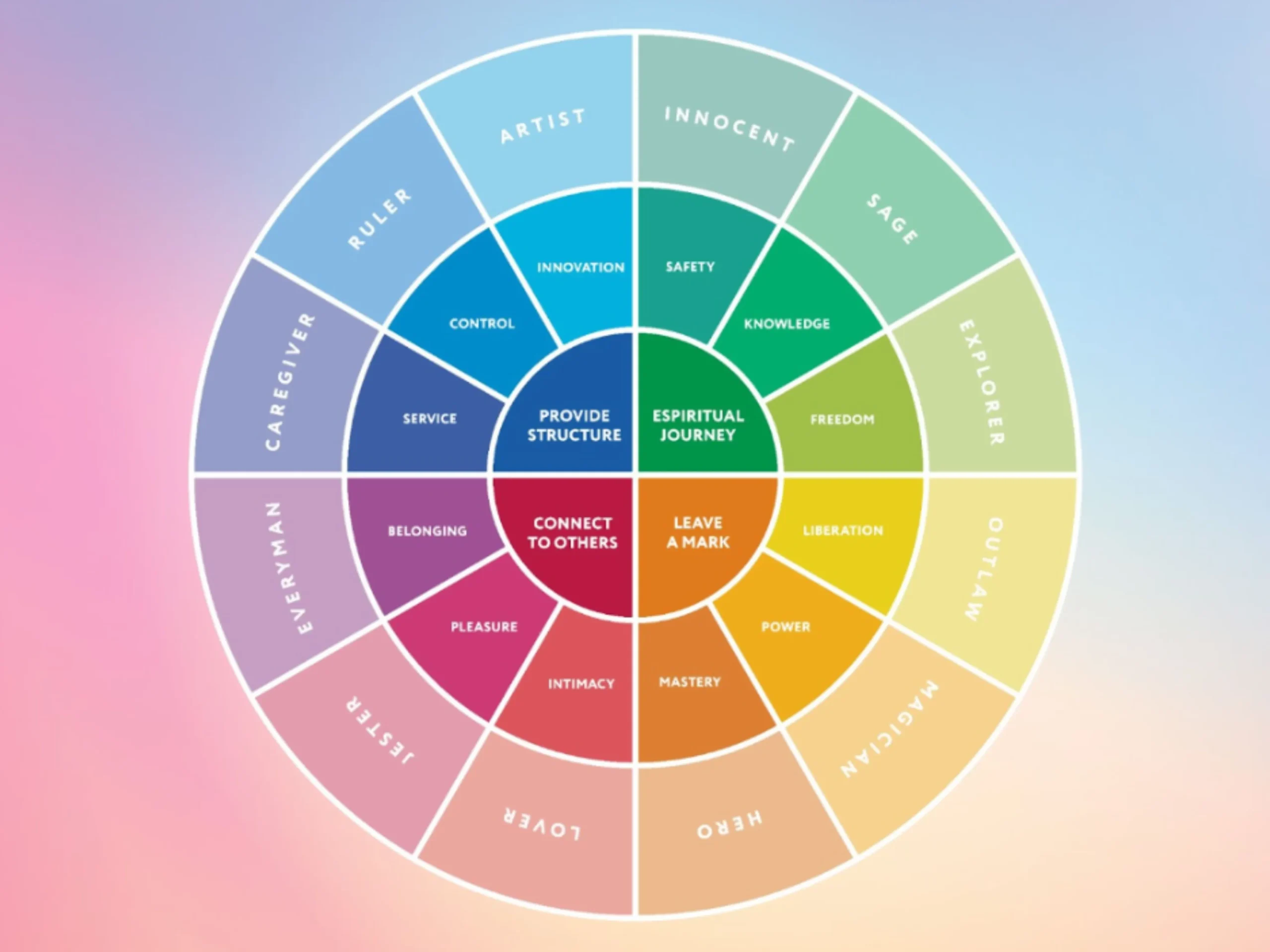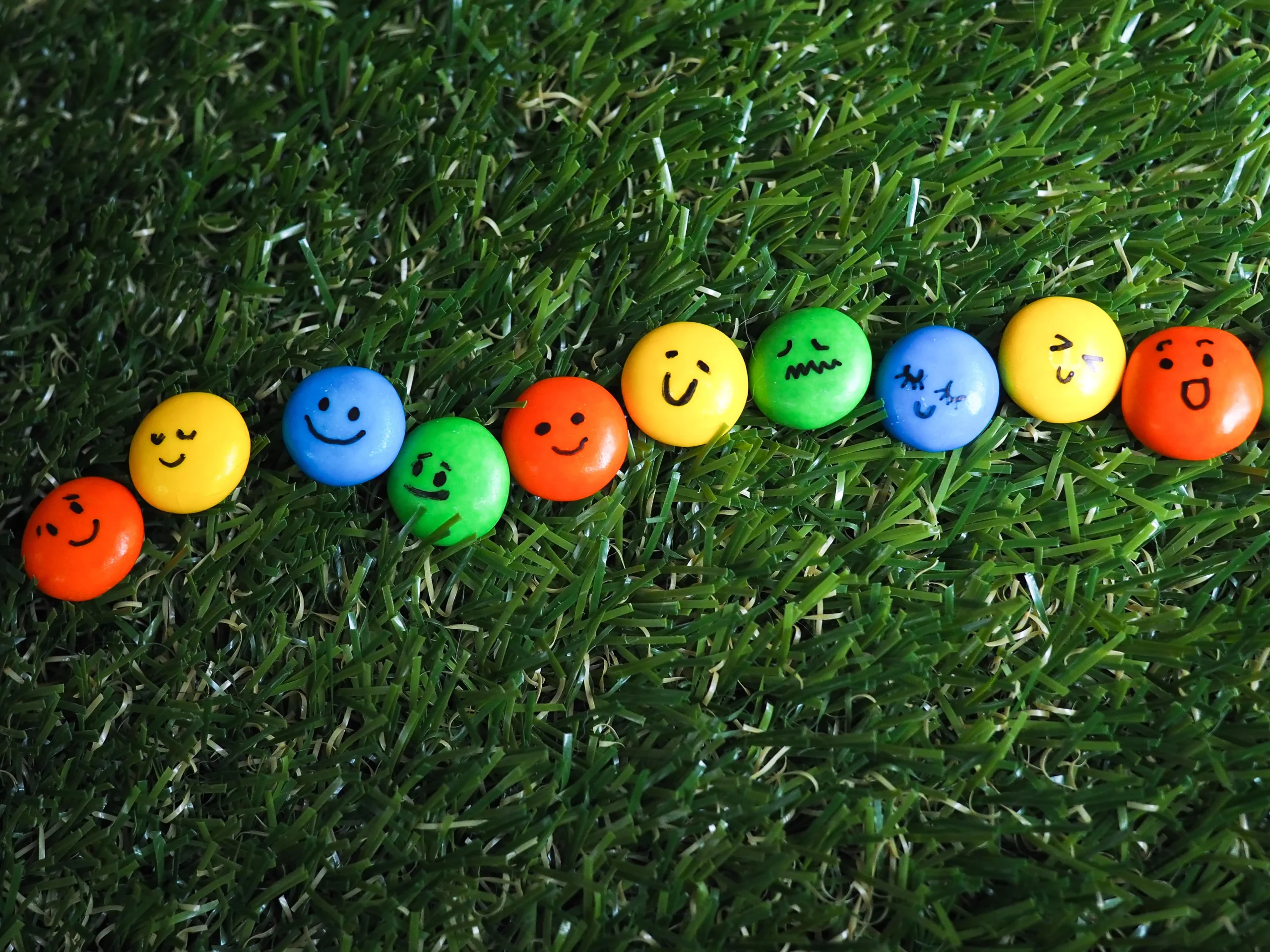Color in marketing plays a vital role in setting the mood of brand expression, evoking specific emotions that drive decision-making and cultivate strong connections with customers. While logos are important, it’s the brand colors that truly resonate with consumers and influence their perceptions and purchasing behavior.
Consistency in using brand colors across various touchpoints, such as logos, websites, storefronts, and advertisements, enhances brand recognition and awareness. Therefore, it’s crucial to carefully select a color in marketing that aligns with your brand identity and personality to create meaningful associations. Understanding the psychological impact of colors can help businesses make informed decisions when it comes to branding and marketing strategies. Here’s what color in marketing can do for your brand:

1. Enhance Brand Recognition Through Color in Marketing:
Consistent use of color in marketing materials, such as logos, websites, and advertisements, can help enhance brand recognition. A distinct color scheme can make a brand more memorable and easily recognizable among competitors. We can observe this trend in several well-known iconic brands that have effectively established distinct color recognition.
When envisioning a vibrant red, Coca-Cola often comes to mind, and when paired with yellow, McDonald’s may be the brand that springs to memory. Tiffany & Co.’s adoption of its distinctive color, Tiffany Blue, has evolved into an iconic emblem of the brand, instantly identifiable, and reflective of its rich heritage and dedication to unparalleled quality and craftsmanship. Further research has even revealed that our brains prefer immediately recognizable brands, highlighting the importance of color in marketing and shaping a brand’s identity.
2. Differentiate from Competitors:
A unique and distinctive color palette can help a brand stand out from competitors and create a memorable impression on consumers. It allows brands to establish a unique identity and carve a niche in the market. Take into account the psychological principle called the Isolation Effect, which suggests that an item that “stands out like a sore thumb” is more likely to be remembered.
Studies consistently demonstrate that participants can better recognize and recall an item, whether it’s text or an image when it distinctly contrasts with its surroundings. An article in a journal even proposes that new brands seriously consider choosing colors that guarantee differentiation from well-established competitors.

3. Convey Brand Personality:
Color in marketing can communicate the personality and values of a brand. For instance, pink is often associated with love, compassion, and femininity. Blue often represents trust, reliability, and professionalism. Vibrant colors like red or orange can evoke excitement, energy, and passion.
4. Influence Consumer Perception:
Colors can influence how consumers perceive a brand’s quality, credibility, and value. For example, luxury brands often use black, gold, or silver to convey sophistication and exclusivity, while eco-friendly brands may opt for green to represent sustainability and environmental consciousness.

5. Drive Consumer Behavior:
Did you know that colors can stimulate specific emotions and actions in consumers? Warm colors like red, orange, and yellow can create a sense of urgency and stimulate appetite, making them effective for promoting sales and special offers. Cool colors like blue and green, on the other hand, can create a calming effect and are often used to promote products or services related to health, wellness, and relaxation. If you want to learn even more about color psychology, check out our related blog entry here!
6. Cultural and Regional Considerations:
It’s essential to consider cultural and regional preferences when choosing colors for global brands. Colors can have different meanings and associations in various cultures, so it’s crucial to research and understand the cultural significance of colors in different markets to avoid any potential misunderstandings or misinterpretations. The vast range of colors we perceive is simplified through color categorization, where numerous shades are grouped under familiar words like green, red, blue, or pink. This phenomenon reflects how cultural influences and learning experiences shape our perception of colors and various aspects of our surroundings. Recent research shows that there can even be some impact of one’s mother tongue on color processing.
Ending Note
In conclusion, color in marketing is a critical element and can significantly impact how consumers perceive and interact with a brand. By carefully selecting and strategically implementing colors in branding and marketing efforts, businesses can effectively convey their brand personality, enhance recognition, influence consumer perception, drive behavior, differentiate from competitors, and consider cultural and regional preferences to create a cohesive and impactful brand identity.
As a full-service digital marketing agency, Corkboard Concepts offers our clients creative digital services, such as website development, designed to enhance their brand and create better brand sentiment. Our approach is grounded in building robust client relationships, which, in turn, leads to a deeper understanding of their business. This understanding translates into more compelling and impactful creative design that truly reflects the essence of the business. We enthusiastically embrace any chance to apply this knowledge in crafting your website and other marketing materials that contribute value to your brand and facilitate your achievement of objectives. Contact us today to get started!
Want to learn even more design tips and tricks? Here are some recommendations to get you started!





